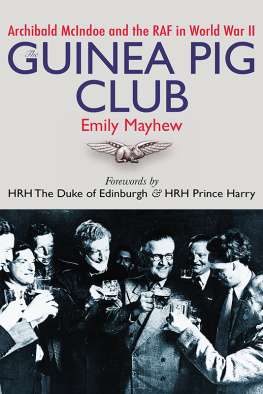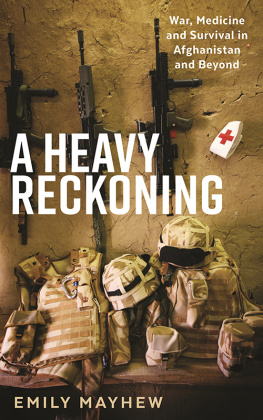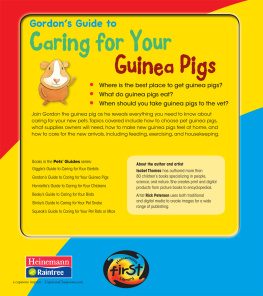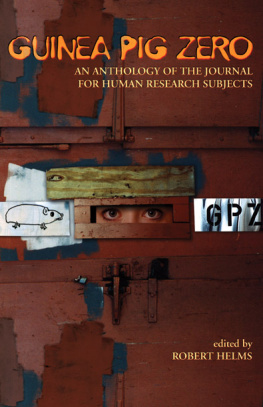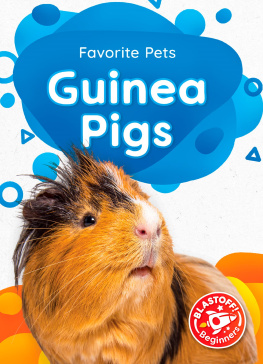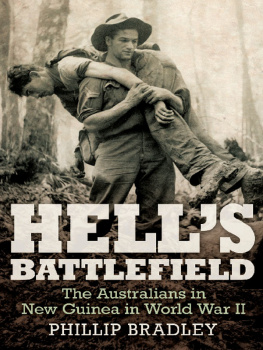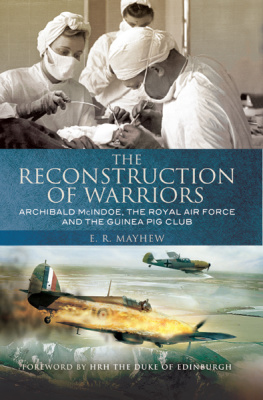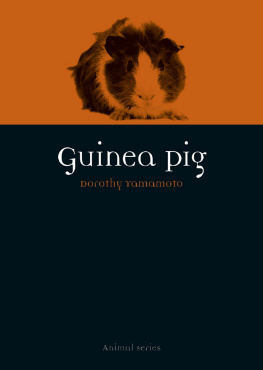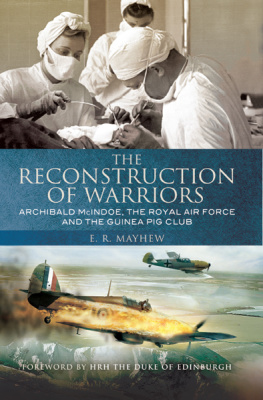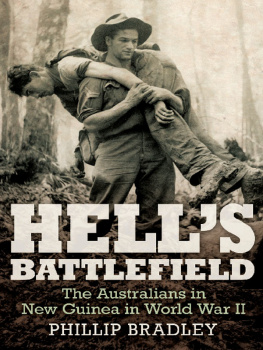This paperback edition published in 2018 by
Greenhill Books, c/o Pen & Sword Books Ltd
47 Church Street, Barnsley, South Yorkshire, S70 2AS
www.greenhillbooks.com
and
Oratia Books, Oratia Media Ltd
783 West Coast Road, Oratia, Auckland 0604, New Zealand
www.oratia.co.nz
and
Dundurn Press, Ltd
3 Church Street, Suite 500, Toronto, Ontario, Canada, M5E 1M2
www.dundurn.com
Copyright E.R. Mayhew, 2004
Publishing history
First published under the title The Reconstruction of Warriors: Archibald McIndoe, the Royal AirForce and the Guinea Pig Club in hardback by Greenhill Books (2004), and in paperback by Frontline Books (2010). The 2004 hardback and 2010 paperback editions contain a foreword by HRH The Duke of Edinburgh. This 2018 paperback edition has been fully updated with new introductory material and a new foreword by HRH Prince Harry.
ISBN (UK and NZ): 978-1-78438-321-3
ISBN (N. America): 978-1-4597-4345-8 (pbk)
ISBN (N. America): 978-1-4597-4346-5 (pdf )
ISBN (N. America): 978-1-4597-4347-2 (epub)
The right of Emily Mayhew to be identified as the author of this work has been asserted by her in accordance with the Copyright, Designs and Patents Act 1988. All rights reserved. No part of this publication may be reproduced, stored in or introduced into a retrieval system, or transmitted, in any form, or by any means (electronic, mechanical, photocopying, recording or otherwise) without the prior written permission of the publisher.
Dundurn Press, Ltd, acknowledges the support of the Ontario Arts Council for our publishing program. We also acknowledge the financial support of the Government of Canada and the Government of Ontario, through the Ontario Media Development Corporation.
A CIP catalogue record for this book is available from the British Library and Library and Archives Canada.
Typeset by Servis Filmsetting Ltd, Manchester
Printed and bound by CPI Group (UK) Ltd, Croydon, CR0 4YY
Contents
Illustrations
Unless otherwise indicated, all cartoons and line drawings are courtesy of The Guinea Pig and were drawn by club member Henry Standen, despite his severely burned hands. All photographs have been supplied by members of the Guinea Pig Club and from the archives of the museum at the Queen Victoria Hospital at East Grinstead.
Plates (Between pages 96 and 113)
Text Figures
KENSINGTON PALACE
The story of the Guinea Pig Club is one of incredible resilience, courage, innovation and companionship. The members of the club and supporting medical staff became pioneers for science and rehabilitation. They helped change modern medicine and recovery for the military and beyond, saving and protecting the lives of countless men and women.
Though this book chronicles the plight of a group formed in the wake of World War II, their stories are as relevant today as they ever were.
In its seventy-six year history, the Guinea Pig Club has proved to be one of the most successful self-developed veterans support organisations in the world. Its success was the result of the integration of medical and social support that was instrumental to the rehabilitation and confidence of injured servicemen. Together, they harnessed the power of shared experiences - from annua l check-ups and monitoring through to cutting edge scientific research; Guinea Pig Club members and their families were able to offer each other unprecedented support.
Since The Reconstruction of Warriors was first published in 2004 the world has continued to experience long and extended conflicts, and a new generation of wounded warriors have returned home with both mental and physical injuries. Like the members of the Guinea Pig Club before them , they are unexpected survivors.
The legacy of the original club members will be instrumental in guiding how we can share experiences and best practices to create a community for these present day survivors. The newly formed CASEYAC Club is ready to take up this mantle.
As with the stories in this book, todays CASEVAC Club will help us to once again recognise the success and most importantly, the pertinence of the Guinea Pig Club - far beyond the lives of its origina l members - and continue to build on a vital l egacy that continues to benefit many generations to come.
BUCKINGHAM PALACE
There can be nothing more terrifying than to be caught by fire without any hope of escape. The whole purpose of armed conflict is to impose casualties on the enemy, but the nature of the wounds suffered varies with the type of service. Soldiers are more likely to suffer from bullets and shrapnel; while sailors, in the days of wooden ships, suffered from the effects of pieces of flying wood. Pilots fight in aircraft driven by engines dependent on inflammable fuel, and a tank-full of the stuff is a deadly hazard.
This book chronicles the consequences of fighting in aircraft and, in particular, the appalling risks to pilots of carrying what amounts to an enormous incendiary bomb in the aircraft with them it tells the story of the frantic efforts to reduce the vulnerability of fuel tanks. It tells of the equally frantic efforts to find ways to cope with burns and the damage they do to the human body. Above all, it tells of the imaginative efforts to bring the victims back into the mainstream of life.
That is the background to a book about remarkable personalities, about exceptional courage and endurance and about the unstinting support of medical and nursing staff. Dr. Mayhews history also locates the Guinea Pig Club within the wider history of World War II. It recognises the success of the Club in rebuilding self-confidence through mutual support, and in ensuring that seriously scarred patients were accepted back into the community. The book is full of heroes and heroic stories, but I think they would all agree that the catalyst for the immense progress in the treatment of bums and in the rehabilitation of the patients was Archibald McIndoe.
Re-Introduction
2018
Under skies where, a year earlier, the Battle of Britain had been fought,

